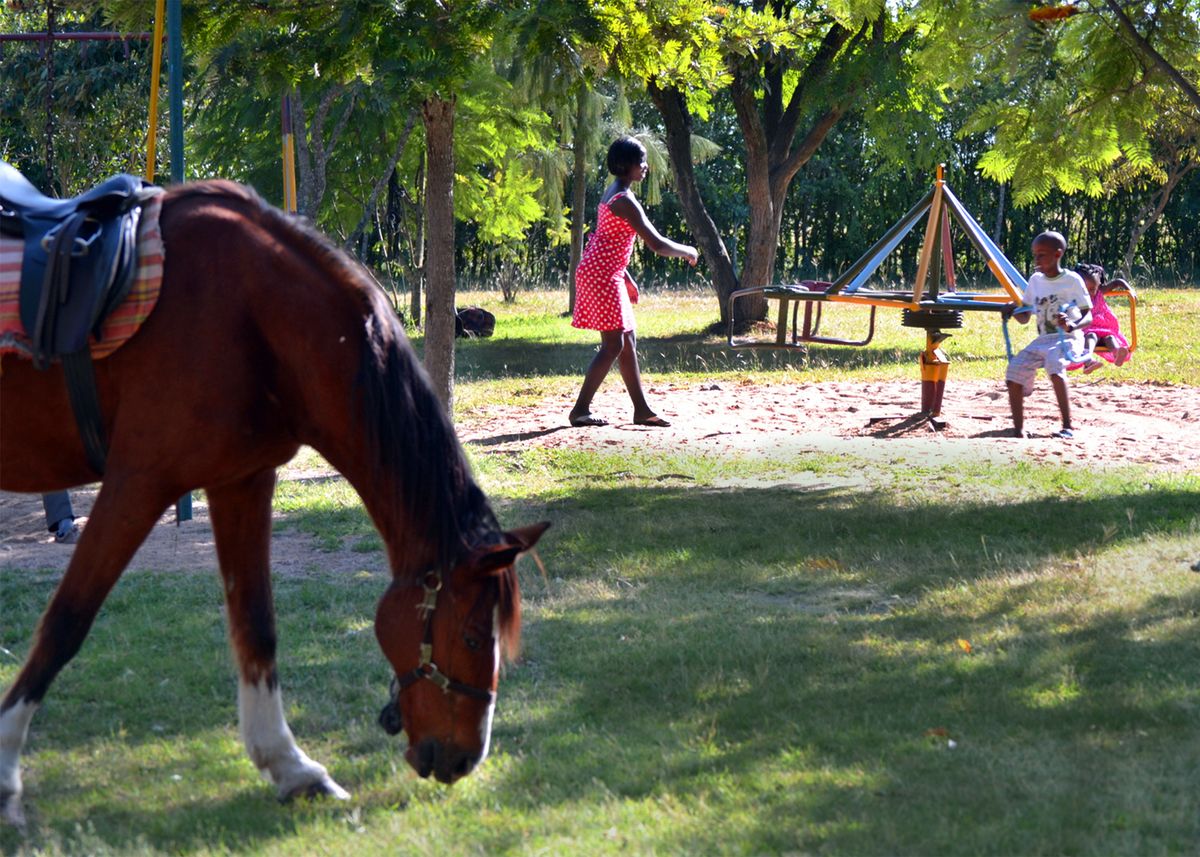About
It’s no secret that Kenya—home to some of the largest animals in the world—is teeming with creatures you don’t usually get to interact with outside of your local zoo. While roadside sightings of Africa’s “Big Five” (Elephant, Lion, Rhino, Leopard, and Buffalo) have put Kenya on the map as a popular safari destination, it’s the lesser-known places that offer a more unique way to interact with some local fauna.
For those looking for an unconventional experience, the Maasai Ostrich Farm, located 45 kilometers (roughly 28 miles) outside of Nairobi, Kenya, is definitely not your average petting zoo.
Here, you have the opportunity to ride (and eat) the largest living species of bird. While there are several ostrich farms around the world, very few actually allow you ride the ostrich.
If saddling up on a 7-9ft, 200 lb flightless bird doesn’t sound quite cool enough, one look at its giant, razor-sharp velociraptor- feet and you can pretend you’re starring in the upcoming Jurassic World movie. Only you’ll be gleefully galloping around with two bodyguards on either side of you, instead of running for your life.
Ostriches have been known to disembowel or kill attackers with a single blow from their powerful legs. The birds at the Masaai Ostrich farm are tamed, but keep in mind that they can kick if they feel threatened. It’s best to approach the birds carefully.
With a running speed of 40-60 miles per hour, this fellow biped is the fastest two-legged creature on earth. For this reason, two attendants run with you the entire time. They are there to make sure the bird stays at a steady pace and doesn’t try to carry you off into the savannah sunset, as fun as that may sound. Although the ride is controlled, be prepared to ride around the pen at a fast-gallop. With nothing more than its feathery shoulders to hang onto, ostrich riding is not for the faint of heart.
For the ornithophobes out there, you can overcome your fear by showing giant birds where they really stand on the food chain. Tasting like a cross between chicken and venison, ostrich steak meals are offered on the tree-shadowed grounds for around KSh 1,000 ($10 USD).
The Maasai Ostrich Farm, which is Kenya’s largest, was established in 1991. Named after the semi-nomadic ethnic group living in the area, the Maasai Farm ships feathers, meat, skins, and live ostrich throughout Kenya and abroad.
Around 700 birds of two breeds are maintained: the blue-neck or Somali ostrich and the Maasai ostrich, which has a pink neck and legs. Jockeys also train here for ostrich races, which can be attended on Sundays and occasionally at the Ngong Racecourse, in Nairobi.





































